

Thoughtography
Can a person 'burn' an image from their thoughts onto film using their psychic abilities? Where does this phenomena stem from and is it even possible? Could it be another form of deceptive spirit photography?
What is Thoughtography?
Thoughtography, projected thermography, nengraphy and nensha. They all allude to the same phenomena. It is a person claiming they are able to 'burn' an image from their mind onto film using their psychic ability. Over the years, there have been many psychics who have supposedly demonstrated their ability to project these images onto photographic film. It is thought to be different to psychic photography. Thoughtography is said to project an image from a person's thoughts. Psychic photography is said to be a medium channeling who is able to make a spirit appear on film. Check out my article on 'Fake spirit photography has actually been around for centuries' for more information on this.
While this movement was in the 19th century, it is thought the concept can be traced all the way back to Nikola Tesla.
In 1893, Nikola Tesla came up with a 'thought projector' which he dubbed Gedankenprojektor. It never came to fruition and 40 years later he was quoted saying:
I became convinced that a definite image formed in thought must by reflex action produce a corresponding image on the retina, which might be read by a suitable apparatus. This brought me to my system of television which I announced at the time‚ My idea was to employ an artificial retina receiving an object of the image seen, an optic nerve and another retina at the place of reproduction‚ both being fashioned somewhat like a checkerboard, with the optic nerve being a part of the earth.
Nikola Tesla
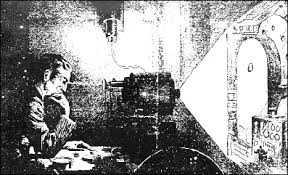
The first book to mention psychic photography was called 'The New Photography' in 1896 by Arthur Brunel Chatwood. He described the experiments as "image of objects on the retina of the human eye might so affect it that a photograph could be produced by looking at a sensitive plate." The term Thoughtography was first coined by Tomokichi Fukurai. The Japanese Psychological Association was established in 1927 and during that time, Tomokichi Fukurai, an associate professor at Tokyo Imperial University, became involved with psychical research. During his time at the university, he was involved in a series of parapsychology experiments where he published the results alleging that one of his subjects was capable of telepathically imprinting images on photo plates. He called this 'Nensha'. In 1913, Fukurai published 'Clairvoyance and Thoughtography.' The book was criticized for a lack of scientific approach and his work disparaged by the university and his colleagues. Fukurai eventually resigned in 1913 under pressure.
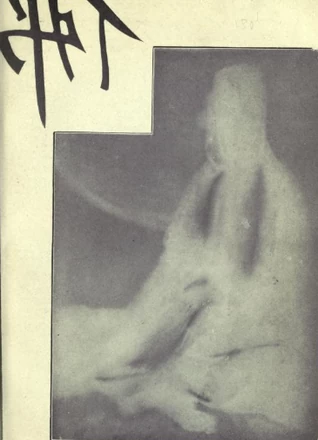
An alleged "thought photograph" obtained by Tomokichi Fukurai.
It is all a hoax?
This is a phenomenon that is extremely easy to fake. As you are using digital film, it is very easy to insert film which has already been exposed. Often the psychics would supply their own film or would spend time alone with the film before performing the 'trick'. Others were said to use slight of hand movements to pull off the photos. Sadly, famous advocates of this phenomenon have admitted or been exposed as frauds by professional photographers and the skeptic community. Famous skeptic and magician James Randi has been pivotal in exposing frauds claiming to be capable of this phenomenon which led to one performing admitting to his deception in a television interview.
Ted Serios
One of the most famous faces of Thoughtography is Ted Serios. He was well known for his claims of being able to produce his thoughts onto Polaroid film. He was studied for a 3 year period by Jule Eisenbud. To produce his photos, he would hold a tube up to the lens of a Polaroid camera which he called a 'gizmo'. He would then point it at his forehead, think of an image and take a photo. He also had to drink alcohol or be drunk to be able to produce this phenomenon which is a worrying sign. Eisenbud proclaimed that his abilities were genuine. In an article in the October 1967 issue of the magazine Popular Photography, Charlie Reynolds and David Eisendrath, both amateur magicians and professional photographers claimed to have exposed Serios as a fraud after spending a weekend with him and Eisenbud. They claimed that they witnessed Serios put some sort of item in the tube. Serios claimed that it was needed to help him concentrate, however they thought it was a form of optical device. James Randi claimed he was able to replicate Serios's trick with a simple handheld device - which he did on live television. Here is a video of Ted Serios demonstrating his claimed abilities.
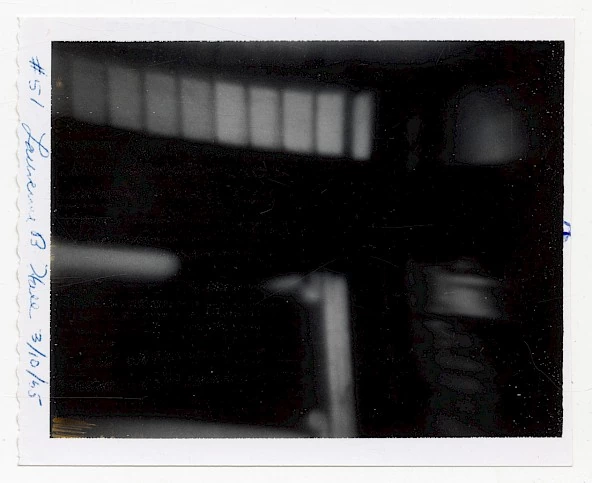
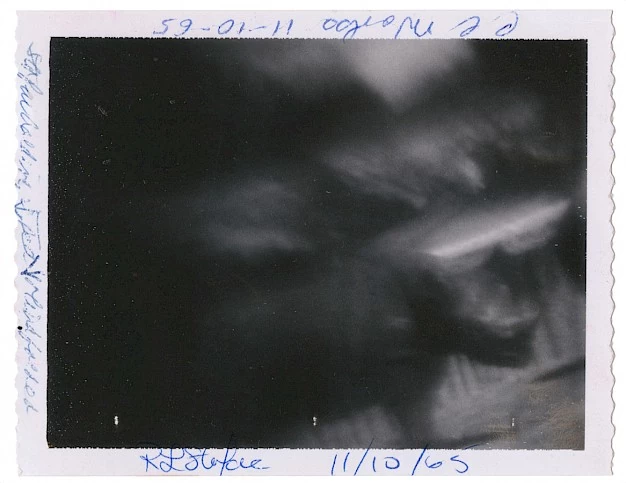
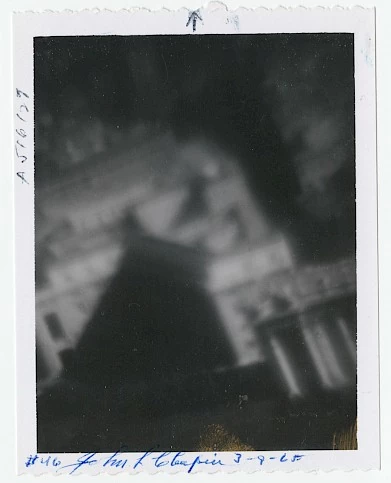
Source: www.americansuburbx.com
Is it possible to transmit our thoughts?
Like many areas when it comes to the paranormal, while phenomena can be faked, it doesn't mean that it may not be possible. Let's explore for a moment that it could be possible to transmit our thoughts. If a person can send their thoughts to another person for example, could they send them elsewhere such as a piece of film or on videotape? It has been reported in the past that a team of scientists were able to successfully transfer a thought from one brain to another in different locations aided by technology.
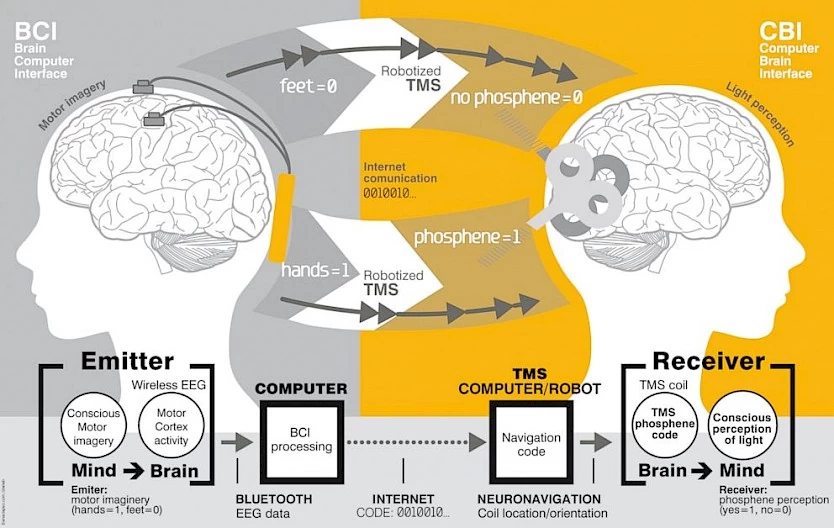
Image Source: ABC News
Simply transmitting two words required both the "emitter" and the "receiver" to be hooked up to robots and sophisticated hardware that makes the participants look more like captives in a psycho ward than casual greeters. And the feat required the conscious cooperation of both participants, who had to be trained for the task.
An electroencephalogram captured the brain activity of the emitter in India, and converted the letters of the two words to binary code, which was sent to a nearby computer and then over the Internet to the receiver in France. Transcranial magnetic stimulation (TMS) on the receiver's end enhanced the electrical signals in a key part of the brain, making the receiver aware that a message would be coming through.
ABC News
When you read into this closely, it is a technological advancement on Ganzfeld experiments conducted back in the 70's and 80's where thoughts were projected telepathically. Even Tesla speculated transmitting thought could be possible. Do we need the technology to be able to achieve this or do we need to evolve and unlock that part of our brain that is potentially blocking it? It definitely gives you something to 'think' about!
So what do you think? Do you think a person can replicate their thoughts onto film or is this just another form of deception?
If you enjoy LLIFS, consider buying me a book (otherwise known as buy me a coffee but I don't drink coffee and I LOVE books). Your donation helps to fund the LLIFS website so everyone can continue to access great paranormal content and resources for FREE!

Top pages with similar subjects
Don't forget to follow the Facebook page for regular updates
Join the mailing list to receive weekly updates of NEW articles. Never miss an article again!
Buy the latest and past issues Haunted Magazine
Check out the books written by LLIFS